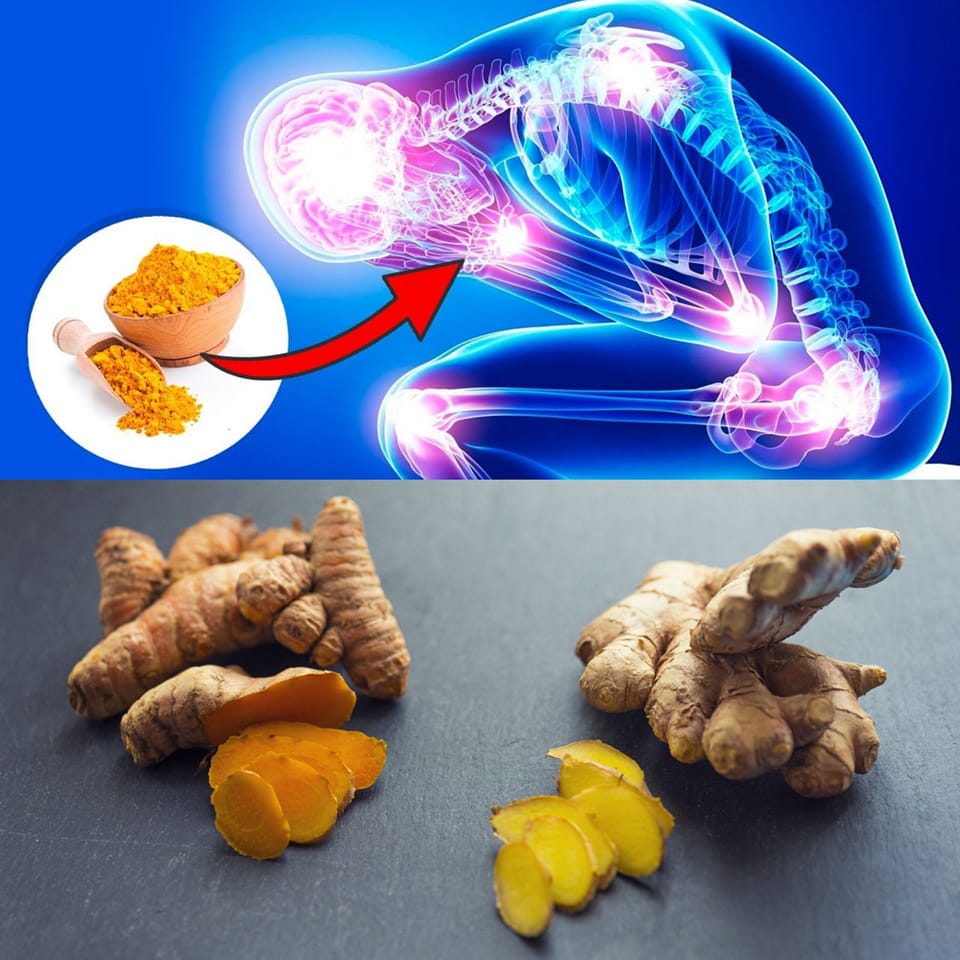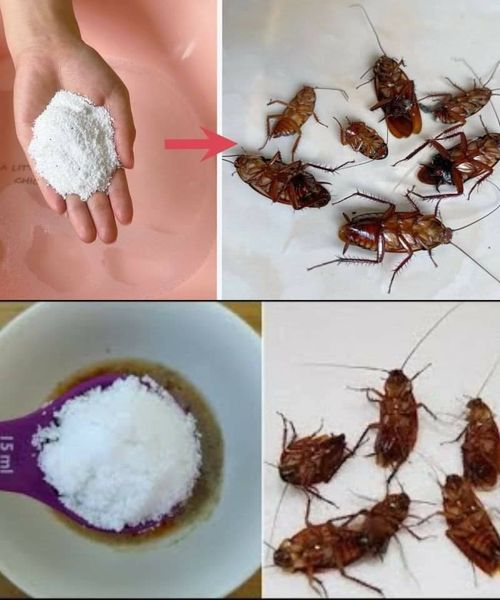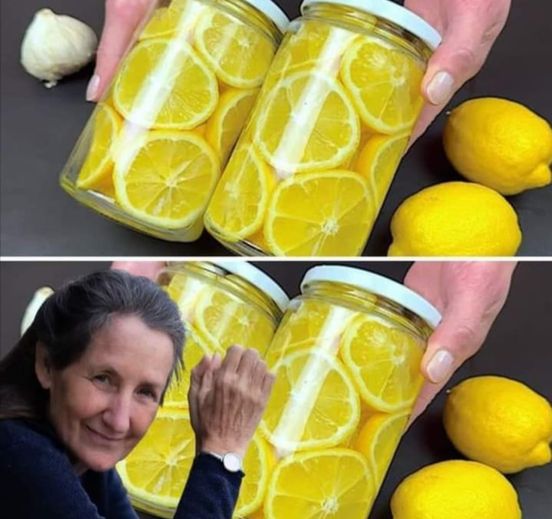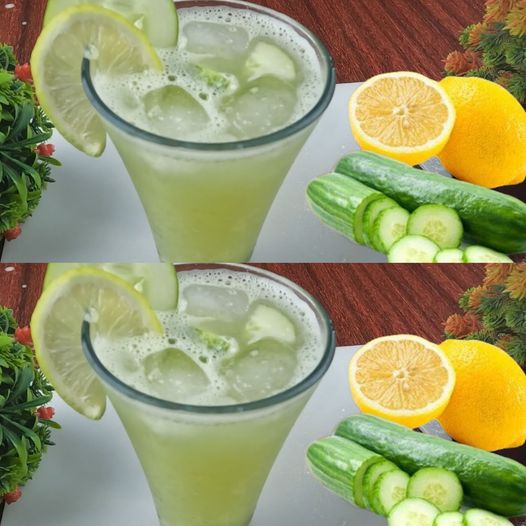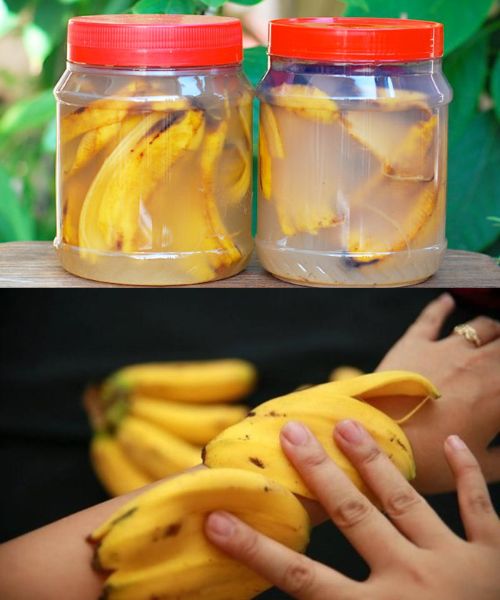When You See This, You Will Never Throw Dry Leaves in the Trash Again
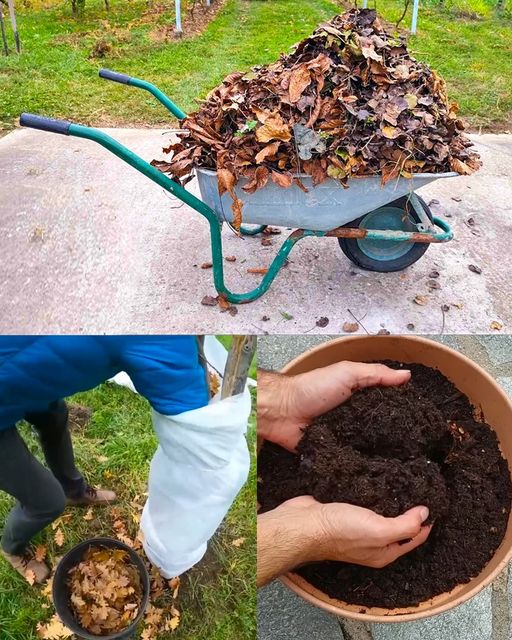
Autumn leaves are beautiful, but they often end up in the trash, adding to landfills and contributing to waste. Instead of discarding them, why not turn those dry leaves into something useful? Here’s a simple and effective method for recycling dry leaves into nutritious leaf mold, perfect for enriching your garden soil.
What is Leaf Mold?
Leaf mold is a type of compost made from decomposed leaves. It’s rich in beneficial microorganisms and can improve soil structure, enhance water retention, and provide essential nutrients to your plants.
Ingredients Needed
- A pile of dry leaves (preferably shredded)
- Water (to moisten the leaves)
- Optional: Kitchen scraps or other organic materials for added nutrients (e.g., fruit peels, vegetable scraps)
Method
Step 1: Collect Your Leaves
Gather dry leaves from your yard or neighborhood. Rake them into a pile and consider shredding them for faster decomposition. Shredded leaves break down more quickly and are easier to manage.
Step 2: Create Your Leaf Mold Pile
Find a suitable spot in your garden or yard where you can create a pile. Aim for a size of at least 3 feet by 3 feet to encourage heat retention, which helps the decomposition process.
Step 3: Moisten the Leaves
As you layer your leaves in the pile, lightly moisten them with water. The leaves should be damp, but not soaking wet. If you have kitchen scraps, mix them in with the leaves for added nutrients.
Step 4: Turn the Pile (Optional)
Every few weeks, turn the pile with a pitchfork to aerate it. This step is optional but can speed up decomposition. If you notice the pile getting too dry, add a little water.
Step 5: Wait and Watch
Patience is key! It will take anywhere from six months to two years for your leaf mold to fully decompose, depending on conditions like moisture, temperature, and leaf type. You’ll know it’s ready when it turns into a dark, crumbly material that smells earthy.
Step 6: Use Your Leaf Mold
Once ready, you can use the leaf mold in various ways:
- Soil Amendment: Mix it into your garden beds to improve soil structure and nutrient content.
- Mulch: Spread it around your plants to suppress weeds and retain moisture.
- Potting Mix: Combine it with potting soil for your potted plants.
Conclusion
By recycling dry leaves into leaf mold, you’re not only reducing waste but also giving your garden a boost. The process is simple, sustainable, and immensely beneficial for your plants. So the next time you see a pile of dry leaves, remember this method and give your garden the nourishment it deserves!
Share Your Experience
Have you ever made leaf mold? Share your tips and experiences in the comments below! Let’s embrace nature’s cycle and reduce waste together.

